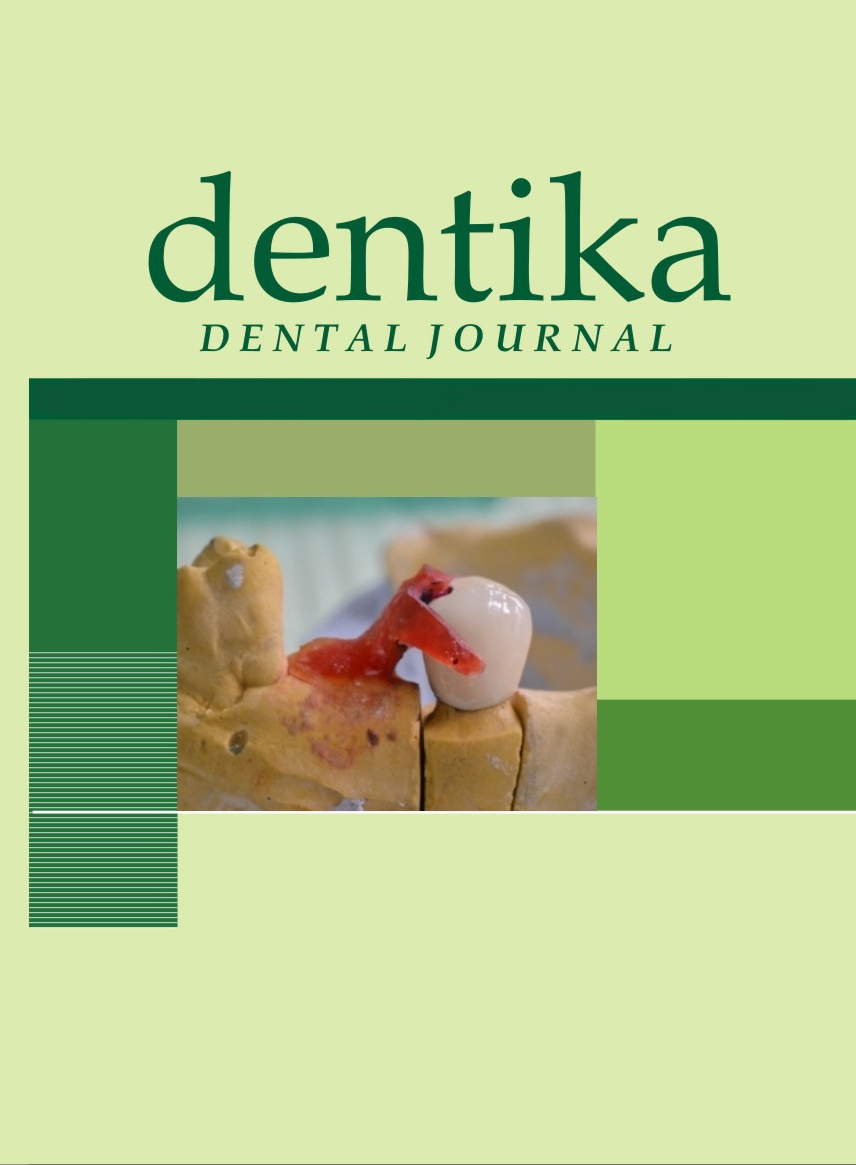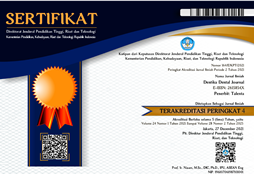The Use of the Panoramic Mandibular Index in Analyzing Cortical Mandibula Height in Batak Tribe Women With Perimenopause and Postmenopause Conditions
DOI:
https://doi.org/10.32734/dentika.v26i1.11088Keywords:
Panoramic Mandibular Index, Mandibular Cortical Height, Perimenopause, Postmenopause, Batak TribeAbstract
ancellous and cortical bone loss in postmenopausal women can be caused by a lack of estrogen, which plays an important role in growth and maturation. The panoramic mandibular index (PMI) also detects loss of bone mass and is a reference for individuals at high risk of developing osteoporosis. Therefore, this study aimed to determine the PMI value in Batak women with postmenopausal conditions using a descriptive survey correlation cross-sectional method. The samples were panoramic radiographs of Batak women with postmenopausal conditions aged >52 years and premenopausal as controls. Furthermore, the data was tested using an Unpaired T-test and the average PMI values in the premenopausal and postmenopausal Batak women groups were 0.327 ± 0.058 and 0.296 ± 0.063, respectively. Statistical analysis indicated a significant difference (p < 0.05, specifically 0.027) in PMI values between the premenopausal and postmenopausal Batak women. These findings showed that PMI served as a reliable indicator of bone loss and potentially aid in identifying individuals at a higher risk of developing osteoporosis.
Downloads


















